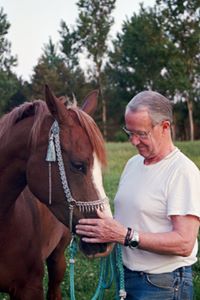How many gallons of oil did the Keystone Pipeline spill on or around Thursday, November 16, 2017?
TransCanada, the pipeline’s operator, reported shutting it down at 6:00 CST, Thursday morning. It notified the South Dakota Department of Environmental and Natural Resources (SD DENR) at 10:30 that morning. TransCanada also sent workers to clean up the spill, which occurred near Amherst, South Dakota.
According to the SD DENR’s Brian Walsh, the November 16 spill was the largest from the Keystone Pipeline. He added that 400 barrels (16,800 gallons) of crude oil leaked from Keystone in April, 2016. This spill released 5,000 barrels three miles southeast of Amherst.
Some crude from the underground pipeline seeped up to the grassland above. But until workers could dig down to the pipeline, it would be impossible to determine if the local groundwater had been polluted. Walsh did not estimate how long excavation and sample-boring would take, other than “a few days.” On the day after the spill, none of the oil appeared to have contaminated local water, and no wildlife appeared to have been affected.
Native Americans of the Sisseton Wahpeton Oyate live on the Lake Traverse Reservation. Part of that reservation is in Marshall County, where Amherst is located. Tribal Chairman Dave Flute expressed concern that the crude oil was spilled so close to the tribe’s treaty land. He also said that the tribe was “trying to stay positive” that TransCanada would contain the leak and keep his people informed about environmental impacts.
More Info:
www.ksfy.com









